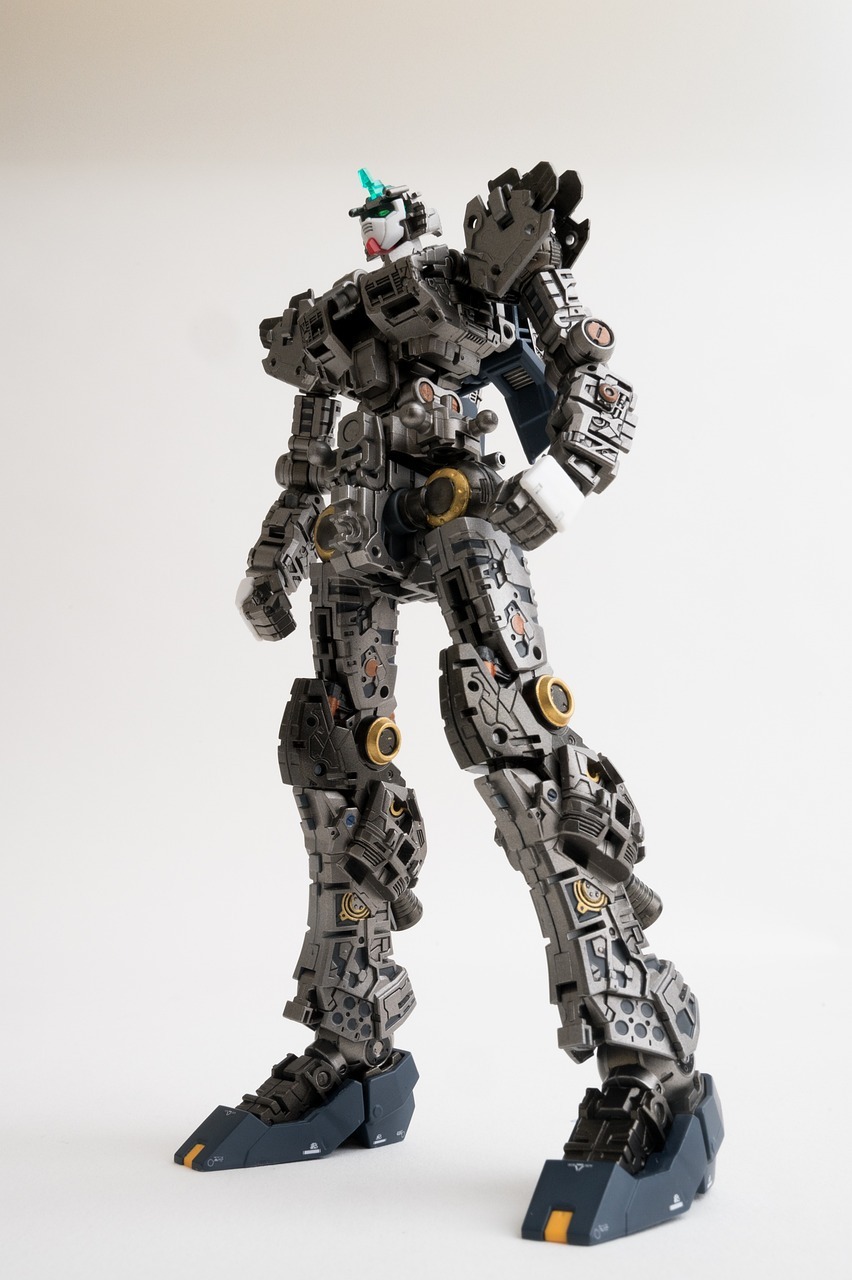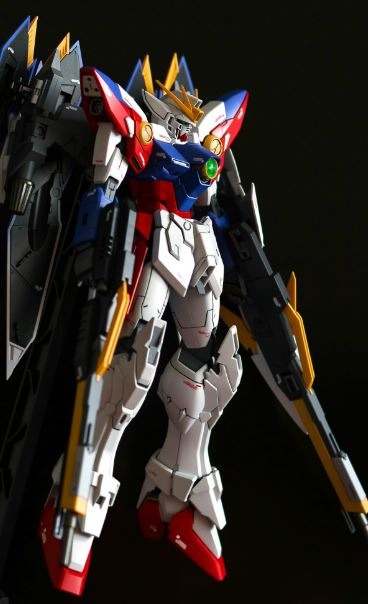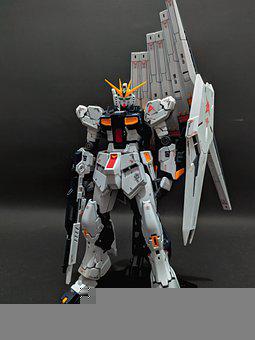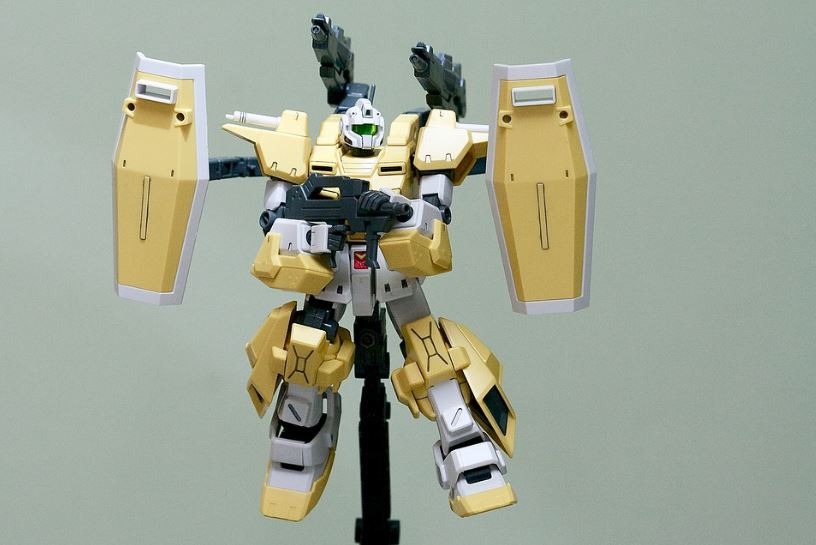What is Gunpla Made of and Is It Recyclable: Understanding the Materials and Environmental Impact of Model Kits
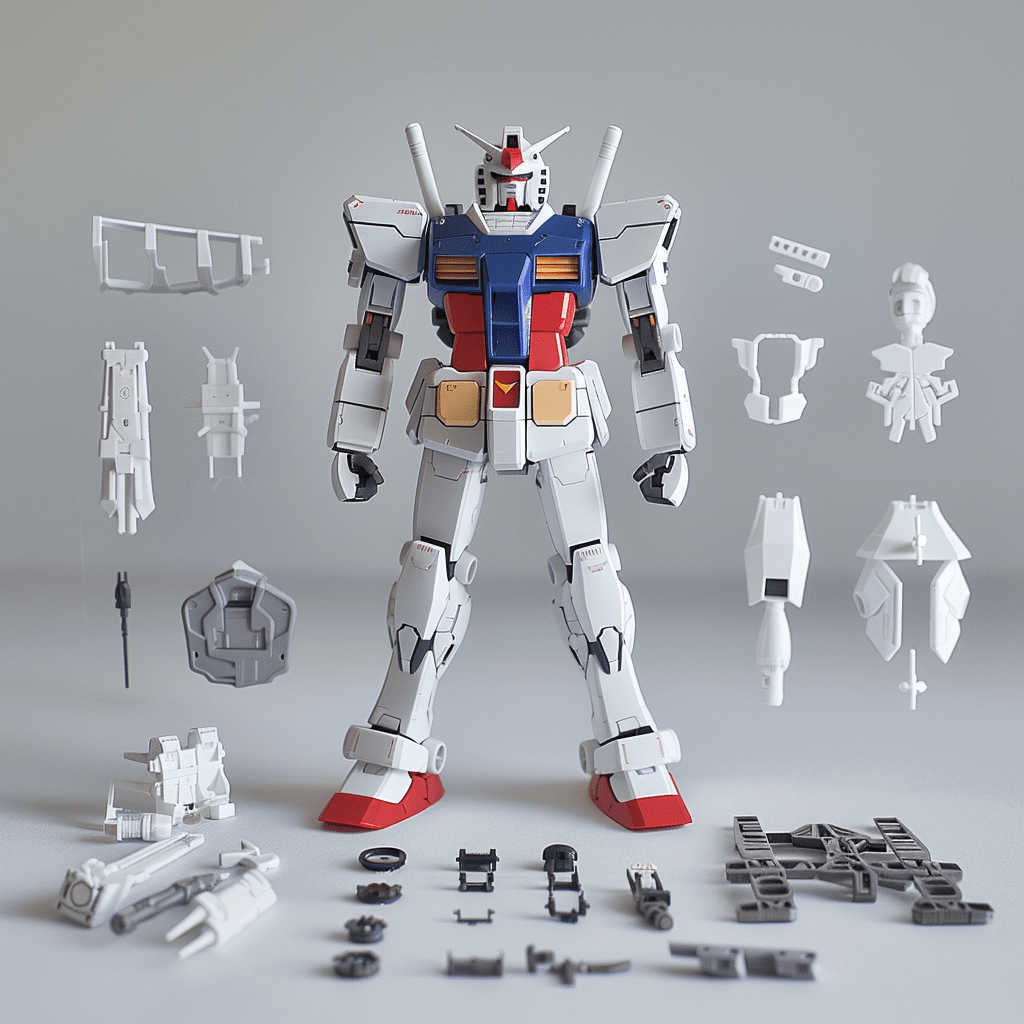
Gunpla, short for Gundam plastic models, has become a global phenomenon among fans of the iconic Gundam franchise. These detailed model kits allow enthusiasts to build and customize their own miniature mobile suits from the popular anime and manga series. With over 700 million sets sold worldwide as of 2021, Gunpla has cemented its place as a beloved hobby for collectors and builders alike.
As the Gunpla community grows, so does awareness about the environmental impact of these plastic models. Many fans are now asking questions about the materials used in Gunpla production and whether they can be recycled. This growing interest in sustainability within the hobby reflects a broader trend of environmental consciousness among consumers across industries.
What Are Gunpla Models Made From?
Gunpla models are made from various types of plastic. These plastics give the models their unique properties and allow for detailed designs.
Polystyrene is the main material used in Gunpla kits. It's light and easy to mold, making it perfect for most body parts. The smooth finish of polystyrene helps capture fine details.
For movable parts, polyethylene is often used. This plastic is flexible and strong, allowing joints to bend without breaking. Ball joints and armor pieces that need to move use polyethylene.
ABS plastic adds strength to Gunpla models. It's used for armor plates and larger pieces that need to be tough. If a model falls, ABS parts are less likely to break.
Polypropylene gives Gunpla kits durability. It resists wear and tear well. Inner frames and connectors often use this material because it's strong and stable.
For bigger, more flexible parts, PVC comes into play. It's used for things like hoses or weapon parts that need to be both rigid and bendable.
Each plastic has its pros and cons:
- Polystyrene: Easy to mold, but not biodegradable
- Polyethylene: Flexible, can be made from plants
- ABS: Strong, can be melted and reused
- Polypropylene: Durable, can be burned for energy
- PVC: Versatile, but hard to recycle
Bandai, the company that makes Gunpla, uses a lot of plastic. In 2021, they used 7,000 tons of plastic for Gunpla. This created about 2,000 tons of waste.
Recycling these plastics can be tricky. While many are recyclable, not all places have the right facilities. It costs a lot to set up special recycling plants for some of these materials.
Some steps are being taken to make Gunpla more eco-friendly. New forms of polystyrene are being developed. There's also a push to use more plant-based plastics like polyethylene made from sugarcane.
The choice of materials affects how builders can work with their models:
- Polystyrene parts are easy to cut and sand
- Polyethylene allows for posing without breaking
- ABS gives models the strength to survive drops
- Polypropylene helps models keep their shape over time
- PVC lets designers add complex details to accessories
Builders should be aware of these materials when working on their kits. Different glues and paints work better with certain plastics. Knowing what each part is made of can help create better-looking models.
The plastic mix in Gunpla kits has evolved over time. Early models used simpler plastics. Today's kits use a blend that allows for more detail and better articulation. This change reflects advances in plastic technology and model-making techniques.
Bandai continues to look for ways to improve their materials. They aim to make models that are both high-quality and more environmentally friendly. As plastic technology advances, Gunpla enthusiasts can expect to see changes in the materials used for their favorite hobby.
Can Gunpla Be Recycled?
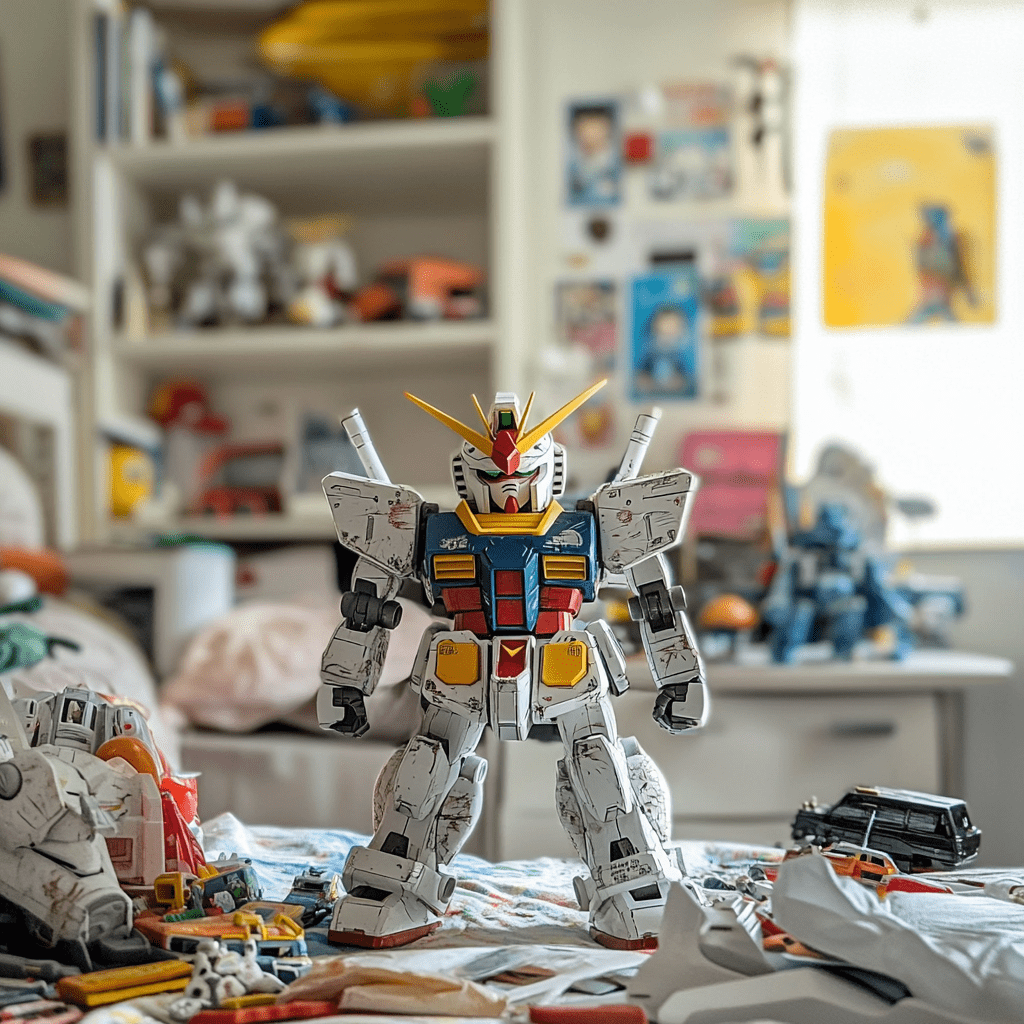
Gunpla recycling is possible, but it's not widespread yet. In Japan, Bandai has set up about 190 collection points where people can drop off their leftover Gunpla plastic. The company uses this waste in two ways.
First, they recycle it to make new Gunpla kits. Second, they turn it into heat-conducting material for thermal power. This material can absorb sunlight and transfer heat to a liquid.
Bandai also runs a special program in Japan called the "Bandai Gunpla Eco-Plamo Recycling Project." Customers can send back used Gunpla parts to special centers. These parts are then made into new plastic items. Bandai sells these recycled products as "Ecopla" only in Gundam Base stores in Japan. These kits are usually all black because of the recycling process.
In 2023, Bandai made a big step forward. They released Gunpla-Kun, the first colored eco-friendly Gunpla. It's made of a new material called LIMEX, which is more than half limestone. This cuts down on the use of oil-based plastics. LIMEX can be recycled with a special machine that separates it from other plastics.
Right now, Bandai's recycling efforts are only in Japan. They haven't said if they plan to expand this to other countries yet.
Here's a quick look at Bandai's recycling efforts:
- 190 collection points in Japan
- Two ways to reuse plastic: new Gunpla and thermal power material
- Eco-Plamo Recycling Project for used parts
- Ecopla products made from recycled plastic
- Gunpla-Kun: first colored eco-friendly kit using LIMEX
While these are good steps, Gunpla recycling is still limited to Japan for now. Fans in other countries don't have official ways to recycle their Gunpla waste yet.
Why Make Gunpla Building Eco-Friendly?
Gunpla fans can take steps to make their hobby greener. Smart planning helps cut down on waste. Builders can think about how much time they'll spend on models before buying kits. This stops unfinished projects from becoming trash.
Reusing parts is another good idea. Extra pieces from old builds can go into new projects or be shared with others. Some areas have plastic recycling programs for leftover bits. Builders should check local stores or recycling centers.
Proper storage of supplies is key. Glues, fillers, and paints can be used again if kept well. This saves money and reduces waste.
Gunpla fans can also push for change. They can talk to local leaders or hobby shops about starting recycling programs. By working together, the community can make a big difference.
Here are some eco-friendly Gunpla tips:
- Plan builds carefully
- Reuse extra parts
- Look for recycling options
- Store supplies properly
- Speak up for recycling programs
Taking these steps helps make Gunpla building better for the planet.

